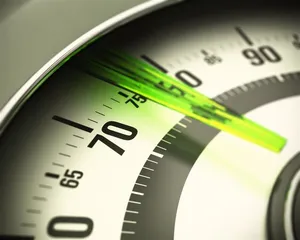How to make a weight loss plan that suits you?
For some people who have difficulty persisting, losing weight is always tomorrow. How can I make my lazy self active? You need a weight loss plan that suits you. When you have a plan, you will feel a strong sense of accomplishment with each step you reach. And these sense of accomplishment can drive you to continue working hard. To develop a weight loss plan that suits you, you need to know the following things.

1. How much do you weigh now? How much should you weigh?
Before making a plan, you must first understand your current obesity level and clarify your goal of losing weight. If you are already severely obese, your top priority for losing weight is to make your weight "healthy", that is, to get your weight down to the standard weight range. There are many ways to calculate a person's standard weight. Here, I recommend the calculation method recommended by the World Health Organization: male standard weight = height cm-80×70 ‰ female standard weight = height cm-70×60 ‰, standard weight plus or minus 10% is normal weight, standard weight plus or minus 10% is overweight or too light, standard weight plus or minus 20% is obese or underweight.
In addition to weight, body fat ratio can also be used as your weight loss goal. Body fat ratio reflects the amount of body fat. Generally speaking, it is normal for men to have a body fat rate of about 10 to 20%, and for women to have a body fat rate of about 17 to 30%, which is the standard situation. However, this standard is not fixed and will change with age. For women over 50 years old and for men over 55 years old, the standard value of body fat percentage can be increased by 2%-3% for every 5 years old. Body fat percentage is calculated as follows:
Body fat ratio =1.2×BMI+0.23× age-5.4-10.8× gender (1 for male, 0 for female);BMI= weight (kilograms) ÷ (height × height)(meters)
After knowing your standard weight, you also need to calculate the difference between your current weight and the standard weight, and give yourself a deadline to get as close as possible to your goal within the deadline.